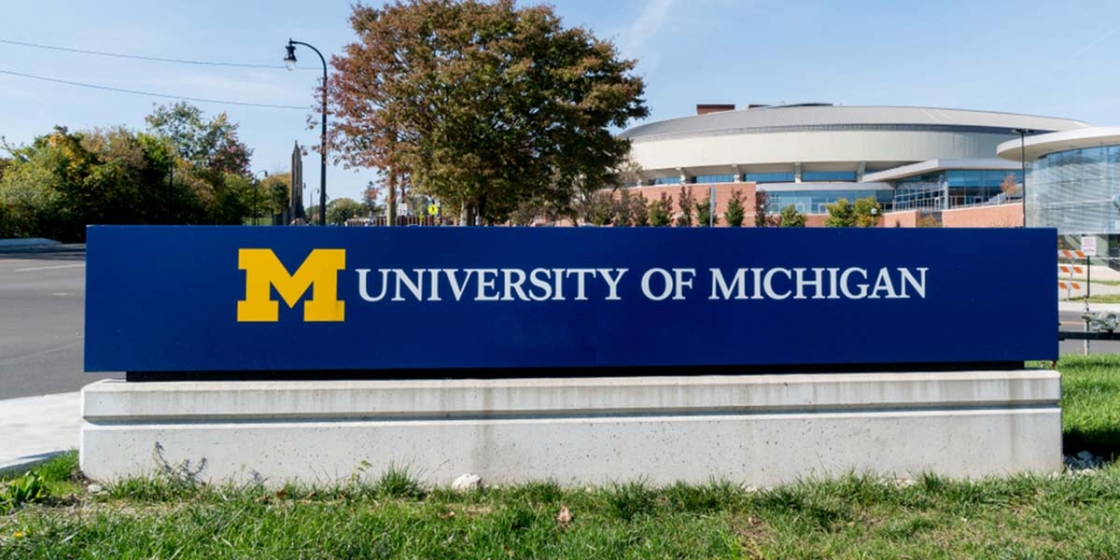Originally published on Forbes.com.
Bad news for billionaire Stephen Ross. The DC Circuit has upheld the Tax Court in denying the $33 million charitable deduction for a $3 million contribution he made through a partnership to the University of Michigan in 2003. And we have here another vindication of Reilly’s Seventh Law of Tax Planning – Read the instructions.
Fancy Math To Turn $3 Million Into $33Million
I gave my readers a pretty in-depth discussion of the underlying transaction when I covered the Tax Court decision in 2017. RERI Holdings I bought something for about $3 million in 2002. It was given to the University of Michigan in 2003 with an understanding that UM would sell it in two years. Despite a $6 million appraisal the University sold the item for $1,950,000 in December 2005.
The charitable contribution claimed was $33 million. Explaining the rationale behind that is a little challenging because it doesn’t even make good nonsense . The thing that was bought, given and sold was a future interest in a piece of real estate. The real estate was a data center leased to AT&T and the future interest became a present interest in 2021. (Remember this is all happening in 2003.)
The whole thing was a kind of tax arbitrage. When buying and selling the property the future interest was discounted heavily, because of the possibility that there might not be anything there come 2021. In valuing the interest for charitable deduction purposes the Section 7520 rate which was around 4% was used. That is something of an oversimplification, but it captures the essence of what is going on. At 4%, you about double in 17 years, whereas at 19% you are multiplying by a factor of about 19( That’s a coincidence).
Fill In All The Boxes On The Form
There are a number of reasons why this transaction failed, but the initial one is the most amusing. Form 8283 Noncash Charitable Contributions in addition to fair market value asks for date acquired and basis. That would have given the IRS a heads up that the item for which a $33 million contribution was being claimed was acquired seventeen months earlier for $3 million. That’s one heck of a markup. On the return that was filed by the partnership, the basis amount was not filled in.
In 2008 IRS disallowed $29 million based on a valuation of $3.9 million. RERI filed a Tax Court petition and IRS revised its claim calling for no deduction because the transaction was a sham for tax purposes. In the alternative, it argued the deduction might be $2 million the amount that the University of Michigan actually received.
The Tax Court went with zero deduction, but not based on the sham theory. On its own, the Tax Court came up with failure to substantiate based on that missing number on Form 8283. There is something really satisfying with that result. All these smart people with complicated math stuff planning the deal and attacking it and the Tax Court blows it up with what would be a review comment that a senior accountant with three years experience would have given an associate. RTI. (Read the instructions).
Even if the return had been prepared correctly the deal still fails, because the 7520 rates were inapplicable and that is what the crazy valuations depended on.
The Tax Court, therefore, concluded “the inability of the SMI holder to recover damages for waste or other acts that prejudice its interests exposes the SMI holder to a sufficient risk of impairment in value that the SMI holder does not enjoy a level of protection consistent with that provided by the law of trusts.”
Fiddlesticks
There is a very long discussion about the 40% overvaluation penalty, RERI had a number of defenses, none of which worked. The funniest was the supervisory approval one. RERI had not raised that defense to the Tax Court, because they had not thought of it. Here is how Judge Donald Ginsburg responded to that one.
RERI asks us to excuse its failure to raise this argument before the Tax Court on the ground that prior to Chai it did not clearly have a claim the IRS violated § 6751(b)(1). Fiddlesticks. The fact is that when RERI was before the Tax Court, it “was free to raise the same, straightforward statutory interpretation argument the taxpayer in Chai made” there. (“Emphasis added“)
When was the last time you heard somebody say “Fiddlesticks”? Judge Ginsburg just turned 73 yesterday, which really does not seem old enough to have “Fiddlesticks” in your active vocabulary.
What About The University?
You really have to wonder what University of Michigan’s role in all this was? Did they know that somebody was taking a deduction sixteen times more than the amount that the University received? Based on this story by Alex Harring in The Michigan Daily, it looks like we will never find out.
The University has contended its innocence in this situation. In 2017, University spokesman Rick Fitzgerald said the University was not found at fault, and he said Friday afternoon the University has no change in comment.
“During the course of this case, which dates back more than a decade, neither the Internal Revenue Service nor the U.S. Tax Court found any fault with the university’s receipt or handling of this donation from Stephen Ross,” Fitzgerald wrote. “University officials were called as potential witnesses, but in June 2015 were released prior to testifying, as the parties determined that university officials had nothing to add to the case.”
Other Coverage
As noted the UM school paper jumped right on this story. There is something behind the Law 360 paywall. I have Justin Miller to thank for alerting me to this with a tweet.































































































